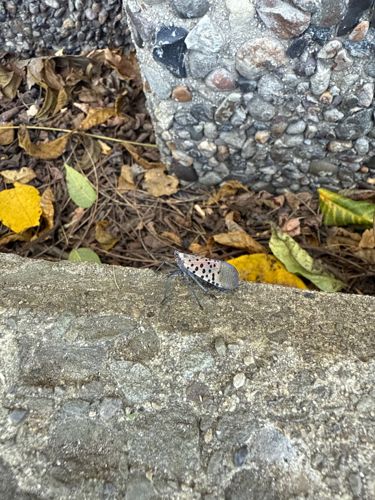Spotted Lanternfly
Scientific Name: Lycorma delicatula
Order & Family: Order: Hemiptera, Family: Fulgoridae
Size: Adults typically measure about 1 inch (2.5 cm) in length and 0.5 inch (1.25 cm) in width, with a wingspan of about 1.5 to 2 inches (3.8 to 5 cm).

Natural Habitat
Originally from China, India, and Vietnam, the Spotted Lanternfly is an invasive species in North America and other parts of the world. It thrives in agricultural areas, vineyards, orchards, forests, and residential areas where its host plants are abundant.
Diet & Feeding
The Spotted Lanternfly is a planthopper that feeds on the sap of a wide range of plants, including fruit trees (e.g., grapevines, apple trees), ornamental trees, and woody plants. Its preferred host is the 'Tree of Heaven' (Ailanthus altissima), but it will feed on over 70 different plant species.
Behavior Patterns
Spotted Lanternflies undergo incomplete metamorphosis, having three nymphal stages before becoming adults. They often aggregate in large numbers on host plants, particularly Tree of Heaven. Adults can jump and fly short distances. They excrete large amounts of 'honeydew,' a sugary substance, as they feed, which can lead to the growth of sooty mold.
Risks & Benefits
Potential Risks: The Spotted Lanternfly is a significant invasive pest. It causes severe damage to agriculture, particularly vineyards and orchards, by weakening plants through sap feeding, leading to reduced yields and plant death. The honeydew it excretes promotes the growth of sooty mold, which can cover plants, outdoor furniture, and vehicles, reducing photosynthesis in plants and creating a nuisance. Potential Benefits: There are no known benefits of the Spotted Lanternfly in invaded ecosystems; it is considered a purely destructive pest.
Identified on: 8/11/2025